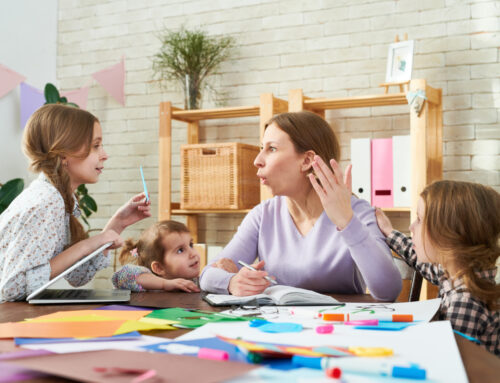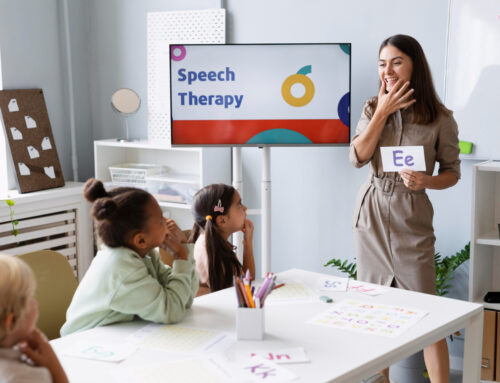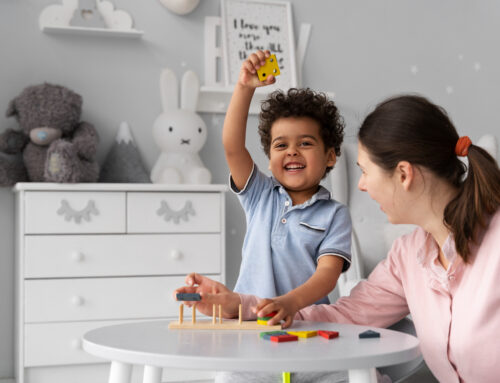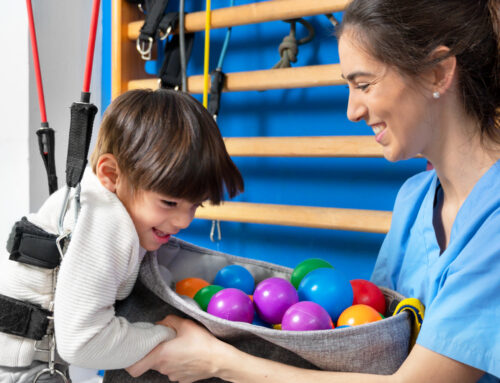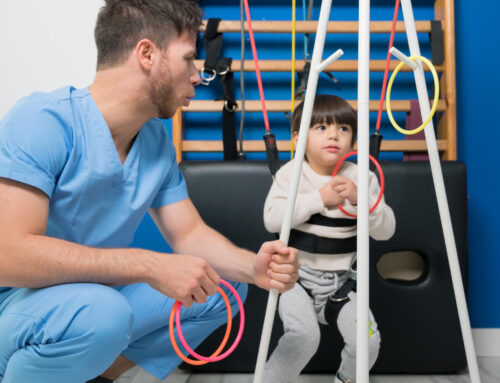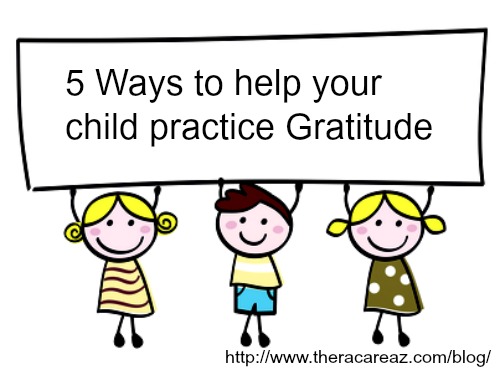
I love this time of year. It is a wonderful time to remember and reflect on all the things we have to be grateful for. When we are grateful, those around us are on the receiving end of our positive energy, and more inclined to count their own blessings. Gratitude can be modeled and taught to our children just like any other life skill. But why should we make the effort?
Why practice gratitude?
Having a gratitude practice can be just as important to your health and well being as a regular gym schedule, getting a good night’s sleep, or any other practice that promotes well being. And, gratitude has become the study of science. According to https://
- Stronger immune systems and lower blood pressure
- Higher levels of positive emotions
- More joy, optimism, and happiness
- Acting with more generosity and compassion
- Feeling less lonely and isolated
These benefits are not limited to just adults. Children can reap benefits from a gratitude practice as well. In a UC Davis study, children who practiced gratitude showed more positive attitudes toward their school and families, were less likely to judge others, and were more likely to share and to want to help. Here are five easy ways you can incorporate more gratitude into your children’s routine.
- Help them Keep a simple gratitude journal : This is not limited to those children who have the fine motor dexterity to write. For my boys with special needs, I ask them to come up with three things they are happy for and I write them down for them. (They are thankful for Thomas the Train on most of their sheets and that is okay!) When my boys have trouble coming up with three things, I give them suggestions. We use these fun gratitude journal sheets ($3 for 52 weeks) from Teachers pay Teachers, but you can list them on any paper you have at home. (You do not have to be a teacher or therapist to use Teachers Pay Teachers, and they have really fun speech/language materials on there for parents, homeschoolers, and more!)
- Books. Books are a great way to incorporate lessons of gratitude into daily reading time. Some of my favorites are: Richard Scarry’s Please and Thank You Book, and Thank you Mr. Panda.
- Dinner time Turns. Before eating, go around the table and have every one name one thing they are thankful for. If your child isn’t talking yet, you can include them by sharing for them something you know they like, or even signing.
- Gratitude jar. When something good happens to your child, write it down on a small sheet of paper, and place in a Mason jar or other container. At the end of the year, take out all the slips of paper and read them.
- Set the example. Our children watch and listen to everything we do. When they see us be thankful or try to find the “bright side” in a situation, they will learn to do the same.
The practice of gratitude is a gift that we can give ourselves and our children; which in turn becomes a gift for others in our families’ life journeys.

 Katie Sullivan, M.S., SLP-CCC has been a pediatric Speech Language Pathologist for 22 years, and is a Therapy Supervisor with Theracare. She is the mother to five children, ages 7-17, including twin teenage sons with special needs. You can follow her at the My Sweet Homeschool blog, facebook, twitter, and instagram.
Katie Sullivan, M.S., SLP-CCC has been a pediatric Speech Language Pathologist for 22 years, and is a Therapy Supervisor with Theracare. She is the mother to five children, ages 7-17, including twin teenage sons with special needs. You can follow her at the My Sweet Homeschool blog, facebook, twitter, and instagram.

